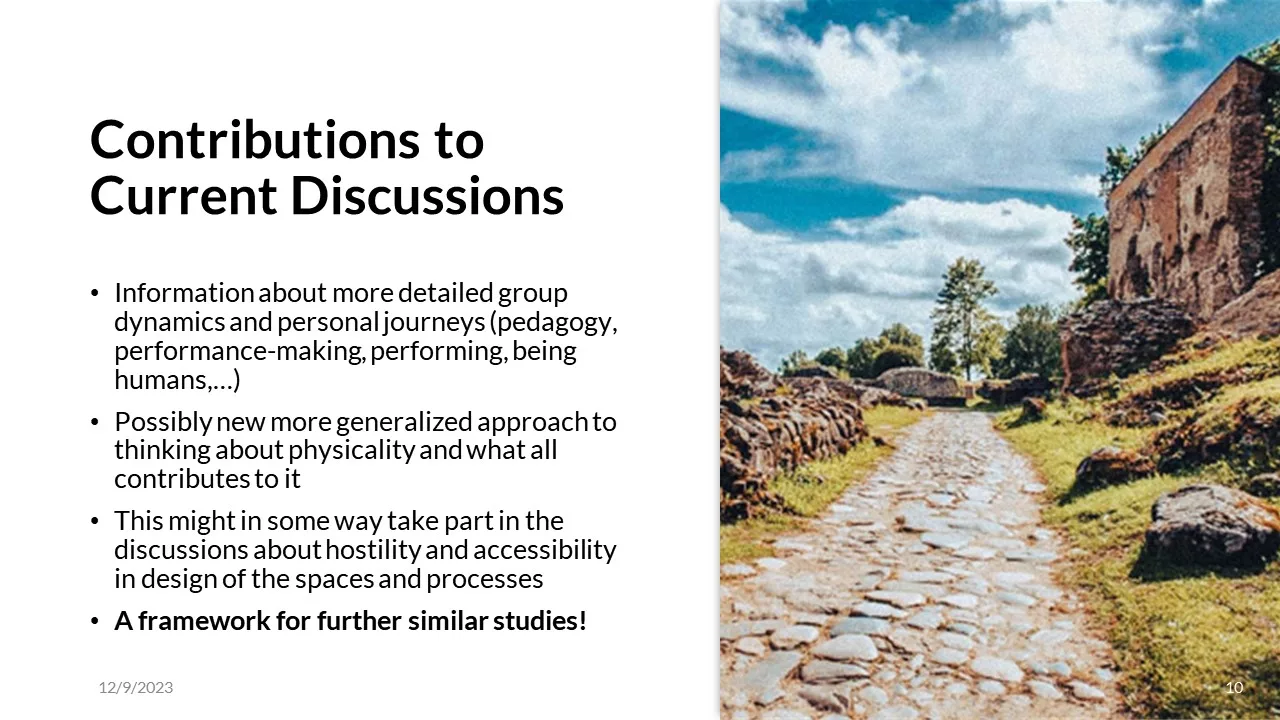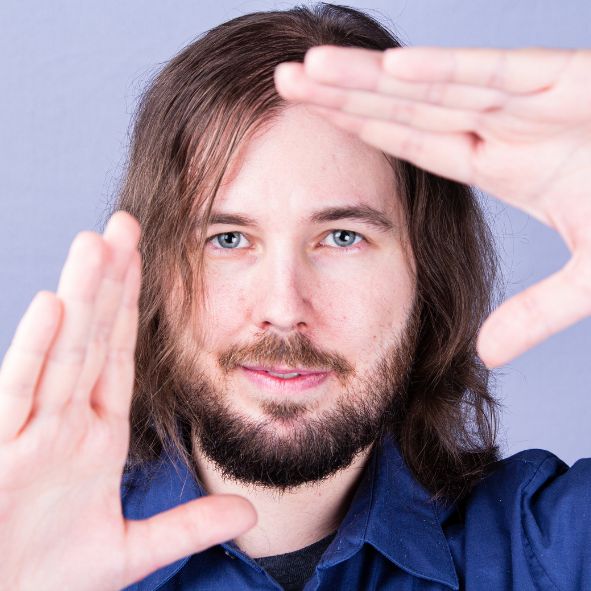Consent Space on December 11th 2023
When thinking of Consent theoretically, I think of it as a complicated, many-faceted phenomen. This is something that I want to remind in this text. In our (production-based) practical work, it often not productive to start to think of consent in its full complexity. Within an educational context, I like to remind people that consent is a space. In this article, I want to present consent first from practical point of view of CRISP Consent and then from a more theoretical point of view of Consent Space.
CRISP CONSENT
In practical situations, consent can take forms likeCRISP consent(“consent in performing arts”) by Intimacy Directors and Coordinators (IDC):
- Considered
- Reversible
- Informed
- Specific
- Participatory
which is based in Consent is F.R.I.E.S. acronym (”consent in sexual activity”) by Planned Parenthood. See below for more information about this sidetrack.
A realistic risk management tool
C.R.I.S.P. is a definition of consent that seeks to still be realistic for our practical exploration (= production-crafting) in performing arts. Still, even using the acronym is a balancing act:
Which aspects can we in practice ”consider”?
How ”reversible” can consent be during rehearsals and performances?
What much information is ’enough’ and not ’too much’ to be ”informed”?
In which ways do we actually need to be ”specific”?
And what level of ”participation” are we building?
These all questions – and their answers – are very specific to the time we have and specific to the people and piece of work in question.
As with every side of work safety question, we are taking risks and trying to manage them with realistic expectations. Not all houses we build can be low houses to make sure nobody falls. There is also always a room for human error even in surgeries.
Even if we try to build work safety structures for performing arts, it often feels like we don’t have enough resources. In our society we have more resources for building sites of tall buildings and open-heart surgeries than for all the emotional climbs and falls, or to the open hearts of a performer in motion.
Somebody might argue that this should be the case. Even if poking a symbolically opened heart in a wrong way might have less concrete practical effects than its concrete counterpart, it is also a matter of safety. It is humane to treat both situations with grace and consideration they deserve.
”CONSENT IS EASY AS FRIES”
Consent is easy as FRIES is an original acronym and memory rule by Planned Parenthood to teach people of Consent in Sexual Activity. Even if it is not something we use in performing arts anymore, it is still an important historical tool – and something that fictional characters might know and use.
Look at their Youtube Channel at: https://www.youtube.com/@plannedparenthood to learn about real-life consent and other sexual and reproductive health care questions. It is meant for American audiences and some ideas are specific to their circumstances.
Consent Space
Consent Space is my on-going project idea in defining different aspects of the consent in one table. It is one of my personal interests and a vital part of my own practice to know what all affects the consent we try to apply in our practices.
I am using word ’space’ in a way I would use ’outer space’. We can symbolically travel there and find new adventures, specific planets and stars to stand on. The place is a huge place to be and get lost into (in a good way), and we are really never able to chart the whole space even if we tried our very best.
Below you see my current work-in-progress table (in mixed languages of Finnish, Swedish and English) that are my personal notes about things to study further and define also in an academically viable way.
Agency and power
Within Consent Space, there are different concepts that tackle the levels of the agency that we can consider.
Artistic agency should never rule over someone’s bodily autonomy. When two levels of artistic agency are in a interaction, things get more complicated. People should still have power over their own areas of responsibility, but when areas overlap, a discussion about the fine details needs to be had.
We can speak of all the different kinds of power structures. The social power types by French and Raven are a famous concept. Besides that, there are known intersectional aspects of privilege that are discussed in today’s world. In a very traditionally role-based workplace environment, a different power structure comes up. I have noticed these kinds of structures often tricky to consider in practice.
Lastly, what I am also studying in my own research project, the people in question will affect any work they do. They might have very personal needs based in their inner experiences, and what all affects those needs is something to be aware of. I hope to create more research around these topics in the near future and find new ways to navigate the world of consent.
This is all I want to take up of the consent space just now.

Bigger picture of the project
The research I am planning to do is focusing on creating a framework that might help create very interesting many-faceted, multidiscplionary research.
After all, I am researching the complexity of human experience within the physical world.
Using the co-researcher model is the only one, where I can give power and responsibility to enough people, while supporting them in gathering the data needed for the research.
I am not planning on teling academic stories about ’us’ without really including ’us’ in the whole process of story-telling.
